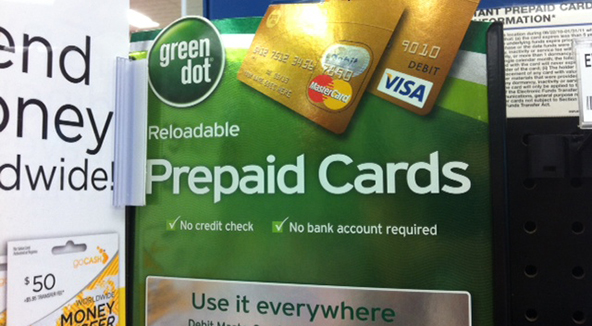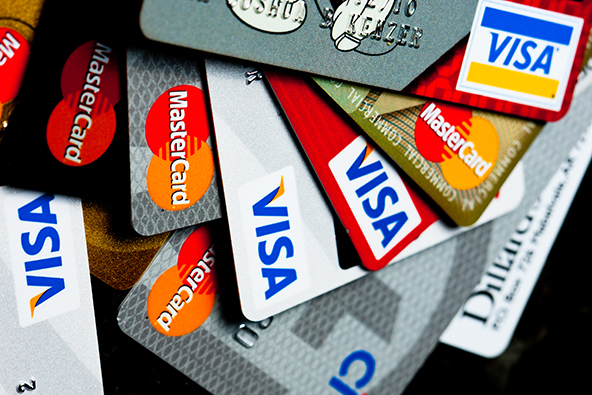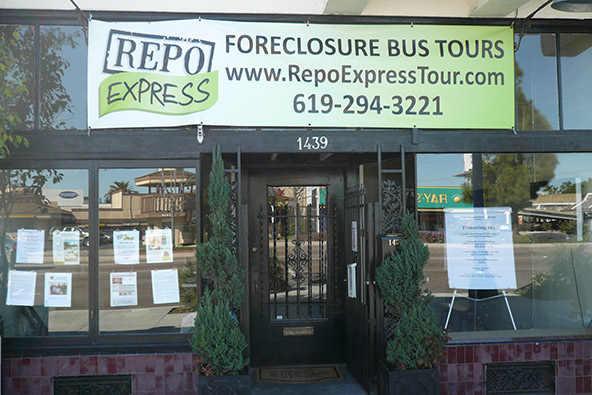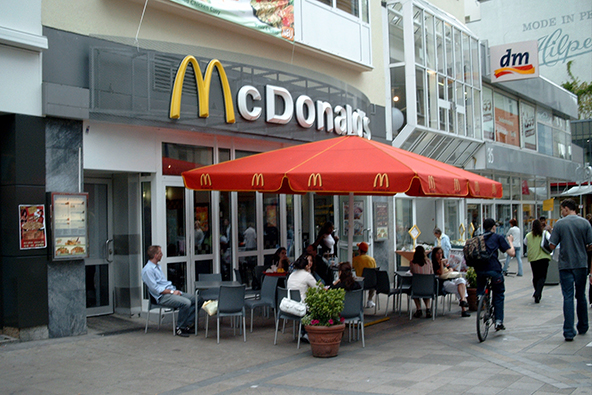Prepaid Card Use is Rising and That is not a Bad Thing

The WSJ reports that the prepaid card business is booming and is expected to reach $200 billion in revenue by 2013. The biggest prepaid card company, Green Dot Corp., raised $160 million in its IPO last month and has seen its stock rise by 30 percent since then. The second-biggest company in the industry, NetSpend Holdings Inc., hopes to raise $200 million in its own coming IPO. This is good news.
Prepaid cards are used as debit cards, with the difference that they are not linked to a checking account, but are drawing funds from an account with the issuing bank. Yet, they are not credit cards either, because the issuer is not extending a credit line to the cardholder, who is actually purchasing his or her card’s spending limit. Once the balance is used up, the card can be re-loaded.
Prepaid cards limit the cardholder’s spending to the amount that is pre-loaded on the card. Unlike with bank cards, prepaid card issuers do not offer overdraft protection, which, if activated, enables cardholders to go over their limit, for a charge.
So paying with prepaid cards is much like paying with cash. They offer the convenience of bank cards, while eliminating the possibility of running up debt. Moreover, most fees associated with prepaid cards are fairly predictable, such as activation or reloading fees.
Prepaid cards’ biggest drawback is that they don’t help consumers build credit history. The reason is fairly obvious: with prepaid cards you are spending your own money, not someone else’s. Some issuers now offer prepaid cards with credit building features, but these are expensive and offer uncertain results. Additionally, some cards come with fees that may surprise you. For example, you can see a $2.50 ATM fee, or a fee to reload money into the account, or a fee for using a PIN, rather than a signature at the checkout, etc.
Now, some prepaid cards promise credit lines, according to Consumers Union, the non-profit publisher of Consumer Reports, and these are the ones you should stay away from. These credit lines are similar to payday loans, with very high interest rates and must be paid within a short period of time. The Consumers Union report offers as an example the AccountNow Prepaid card:
The loan operates like a payday loan. The loans are small and provide short term credit with a flat fee ($25 per $200); require that borrowing consumers have recurring direct deposits such as of paychecks or government benefits and lead to frequent rollovers and triple digit Annual Percentage Interest Rates (APRs). The disclosed APR is 150%, but this assumes that the loan is outstanding for 30 days. This is highly unlikely, as the loans are most likely taken out at the end of the pay cycle. The APR is 650% if the loan is taken out a week before payday, and even higher if the loan is taken out only for a few days.
Yet, on balance, prepaid cards are probably the least costly card you can have and the best evidence to support that claim is the fact that the big banks are staying away from them. After all, Green Dot and NetSpend are not exactly household names. J.P. Morgan Chase, Bank of America Corp and Citigroup don’t sell prepaid debit cards directly to consumers, according to the WSJ’s report.
Image credit: Mybanktracker.com.


